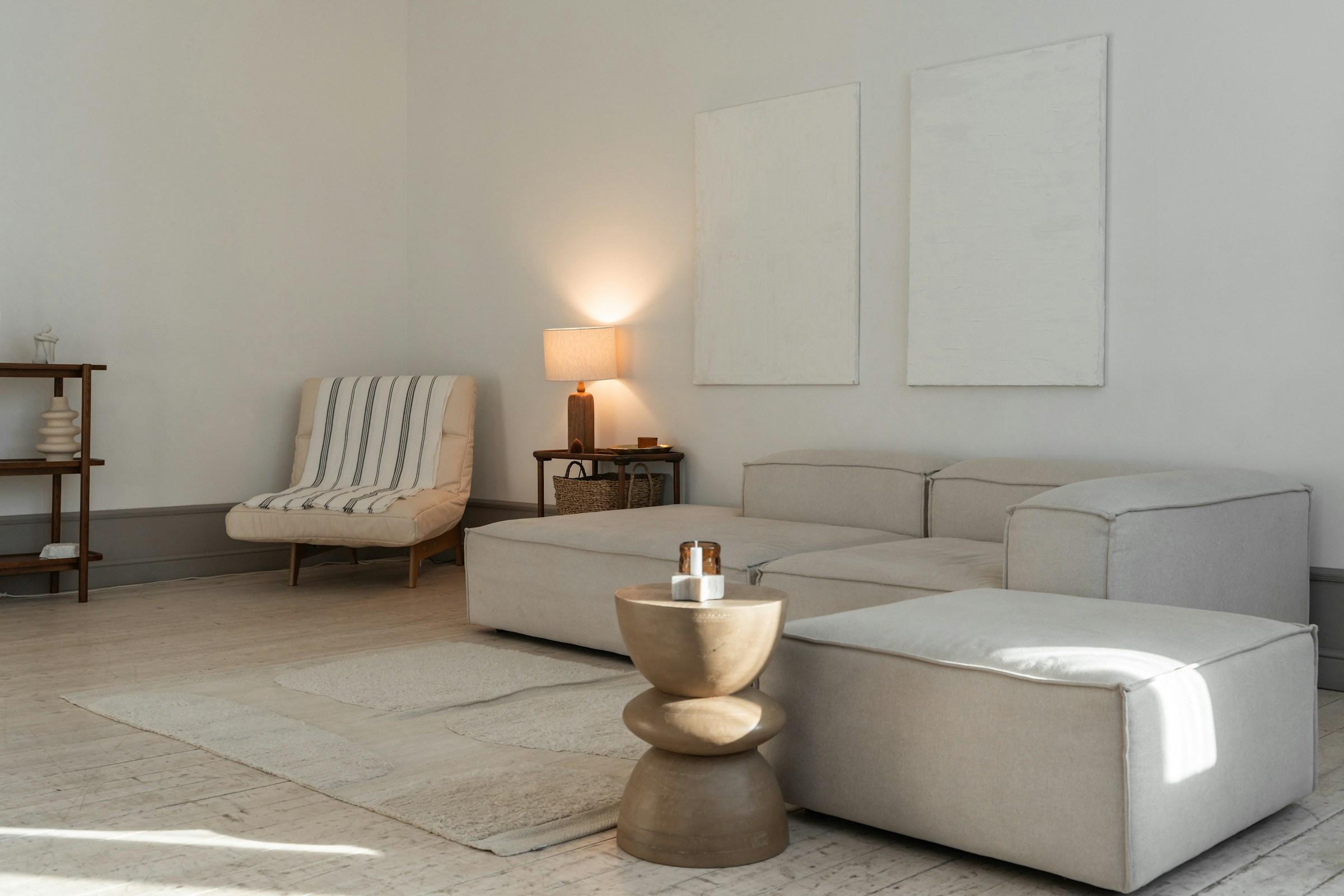The Central Provident Fund was created to do more than collect a slice of every paycheck. At its heart, the CPF is Singapore’s social security system, built to move workers steadily from earning years into a financially secure retirement while protecting them against predictable life costs such as healthcare and housing. This is why membership is compulsory for citizens and permanent residents in eligible employment and why employers contribute alongside employees. The design signals a public purpose. It uses clear rules, age based allocation, and guaranteed interest floors to help ordinary people set aside enough today to meet essential needs tomorrow.
The retirement aim comes first because it anchors everything else. During working life, a portion of wages goes into accounts that compound at administratively set rates. Those balances are not meant to sit idle. They are ultimately converted into monthly income that lasts as long as you live through the CPF LIFE annuity. Longevity risk is a quiet threat in every modern society because no one can predict their exact lifespan and market returns are not guaranteed. By translating savings into a lifelong stream of payouts, CPF LIFE turns uncertainty into reliability. Members can choose a plan that suits their preferences for payout level, growth, and bequest intent, but the core function remains constant. It provides income that you cannot outlive, which is the defining promise of any credible retirement system.
Healthcare stands alongside retirement rather than behind it. The MediSave Account ring fences part of your contributions for approved medical uses such as hospitalization, day surgery, selected outpatient treatments, and insurance premiums for national health plans. This separation matters because a sudden illness can wipe out general savings if everything sits in a single pot. By reserving a dedicated stream for healthcare and setting reference caps such as the Basic Healthcare Sum, the system helps households pre fund expected medical costs across the life cycle. It encourages preventive planning rather than reactive scrambling and lowers the likelihood that a hospital bill will derail retirement plans. In other words, the medical pillar is not an add on. It is part of how CPF protects living standards over time.
Housing is the third leg of the design and it is what makes CPF distinctive when compared with many overseas pension schemes. The Ordinary Account may be used for downpayments and monthly installments on eligible properties, especially public housing. This policy choice links individual wealth building to a national goal of widespread home ownership. At the same time, members are reminded to be prudent because dollars committed to a home early on are dollars that no longer compound toward retirement income. The message is not to avoid home ownership. The message is to right size it. A home should support long term security, not crowd it out. The rules around valuation limits, withdrawal caps, and interest refunds are policy guardrails that encourage responsible decisions without removing personal choice.
Understanding the account structure clarifies how purpose becomes practice. For most of a career, members hold three working accounts. The Ordinary Account funds housing, certain insurance premiums, and education uses. The Special Account focuses on retirement and earns a higher floor rate to reward long horizon saving. The MediSave Account funds healthcare. At age 55, savings required to secure retirement move into the Retirement Account, and those balances later form the basis for CPF LIFE payouts. The allocation of contributions shifts as you age, with a larger share directed to Special or Retirement and to MediSave. These shifts are not arbitrary. They mirror the changing shape of risk over a lifetime, with heavier emphasis on retirement adequacy and medical needs as a member approaches older age. The structure nudges behavior toward the public purpose without requiring constant intervention.
The payout stage is where members feel the design most directly. The system is not only about building big balances. It is about turning those balances into predictable income that can cover essential living costs. Clear reference sums provide planning markers, while online tools translate balances into estimated monthly payouts. This practical language reduces anxiety and makes the system legible to ordinary households. It also keeps attention on what matters. The central question is not how much can be withdrawn at 55. The central question is whether your accumulated savings will support a stable lifestyle for the decades that follow, with health expenses provided for and housing costs managed.
Policy intent also appears in how the scheme treats different groups. The CPF covers citizens and permanent residents working in eligible roles, with employers required to co fund contributions. Lower wage workers and seniors receive targeted support through complementary policies that help to build or shore up balances. Self employed persons contribute to MediSave as a requirement to ensure healthcare funding, with other contributions encouraged to meet retirement goals. These choices reflect a preference for broad based self provision supported by targeted public top ups where needed. The result is a system that is inclusive within the boundaries of work and residency while remaining fiscally disciplined.
Members often face trade offs and the framework is designed to make those choices clear. Using more from the Ordinary Account for a property today can reduce the compounding runway that supports payouts later. Deferring consumption and making voluntary top ups to the Special Account or Retirement Account can accelerate compounding and may deliver tax relief when available. Building a larger MediSave buffer strengthens resilience against medical shocks but ties up funds for a specific purpose. None of these choices are right or wrong in isolation. They are right when viewed against the system’s aim of sustaining long term security. The guidance that accompanies CPF usage consistently encourages members to keep buffers, to consider opportunity costs, and to match decisions with future cash flow needs rather than short term convenience.
Comparisons with peer systems help illuminate the model. Malaysia’s EPF is also a mandatory savings scheme with retirement drawdowns and certain housing uses, while Hong Kong’s MPF focuses more narrowly on retirement savings invested through private funds. Singapore’s approach stands out for its explicit integration of retirement income, healthcare funding, and housing finance within one rules based framework, backed by administratively set interest floors and a national annuity. This integration keeps individuals oriented to the same outcome even as they use different accounts for life events. It simplifies planning and reduces the chance that solving one problem today creates a larger problem tomorrow.
The system’s durability comes from this clarity of purpose. The rules and parameters have evolved over the decades, but the mission has stayed intact. CPF exists to ensure that working Singaporeans and permanent residents can convert a portion of today’s earnings into tomorrow’s security. It does this by enforcing disciplined saving, by separating medical funding from other needs, by allowing responsible home ownership, and by guaranteeing a lifelong payout. The architecture aligns individual incentives with a national goal. People are encouraged to be prudent, patient, and intentional. The state provides structure, interest floors, and an annuity backstop. Together these elements form a social contract that is practical, transparent, and sustainable.
For anyone planning their next step inside the scheme, three questions capture the spirit of the design. How much lifelong income will current balances likely generate and what choices could strengthen that income. Are healthcare reserves sufficient for a major hospital stay and for premiums over time. Will property decisions made this year reduce future payouts more than they improve present comfort. Answering these questions places your choices inside the purpose of CPF rather than outside it. The system rewards those who see the whole picture. It is a framework for living, not just a ledger of contributions and interest.
In the end, the main purpose of CPF can be stated in a single sentence. It is to secure basic retirement adequacy through compulsory saving and a lifelong payout, while ensuring that healthcare is funded and that home ownership is accessible without undermining old age security. Everything else in the scheme serves this mission. The separate accounts, the age based allocation, the interest floors, the annuity layer, the withdrawal and usage rules, and the planning tools are not incidental features. They are the practical expression of a national commitment to help people turn work into long term security with discipline and dignity.






.jpg&w=3840&q=75)







